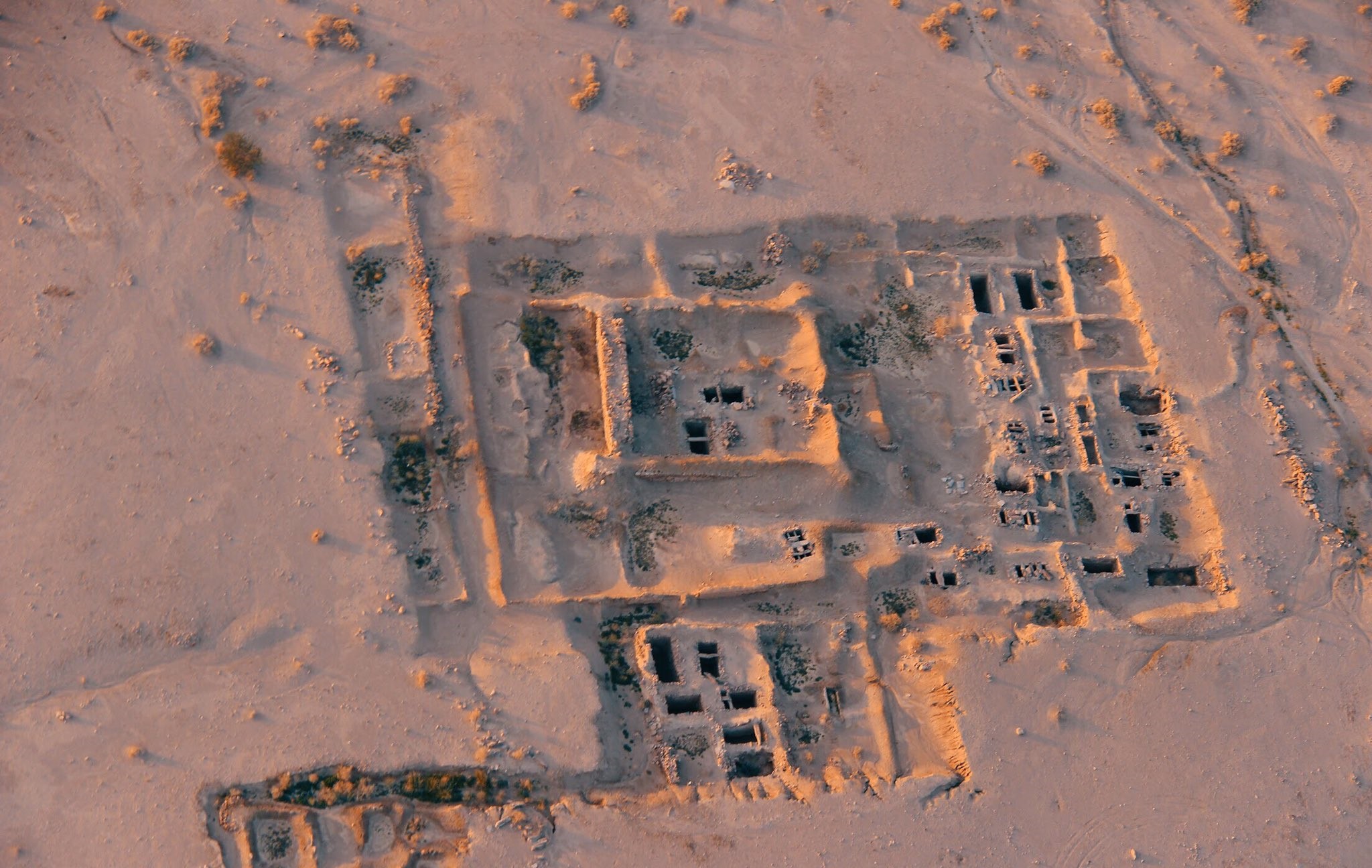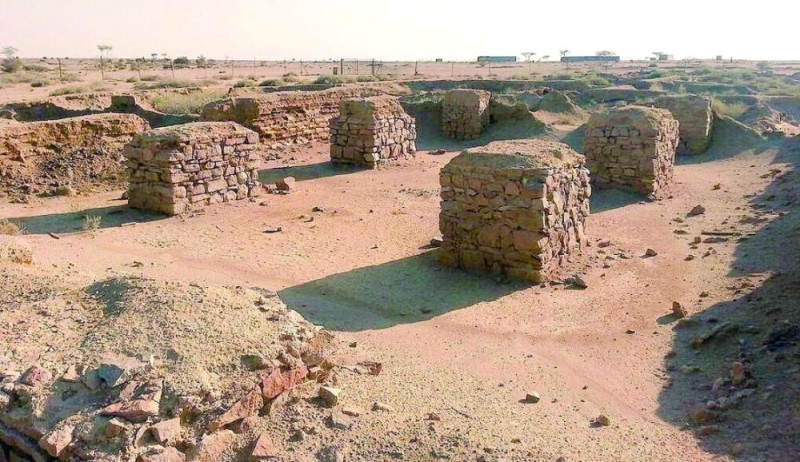It is one of the Islamic cities on the Kufi Hajj route, east of Al-Madinah Al-Munawwarah. According to the biography of Abu Dharr Al-Ghifari (may Allah be pleased with him), he moved there during the reign of Caliph Uthman ibn Affan (may Allah be pleased with him), where he died and was buried. Its mosque may have been built on the ruins of Abu Dharr's mosque, and it served as a fortress for Muslim's horses during Omar ibn al Khattab's reign. There are remnants of a large Islamic city legacy in Ar-Rabadh City, including two mosques, houses, forts, ponds, and wells. In addition, archaeological excavations uncovered various movable artifacts, such as ceramics, pottery, glassware, coins, adornments, and other exquisite artifacts.

